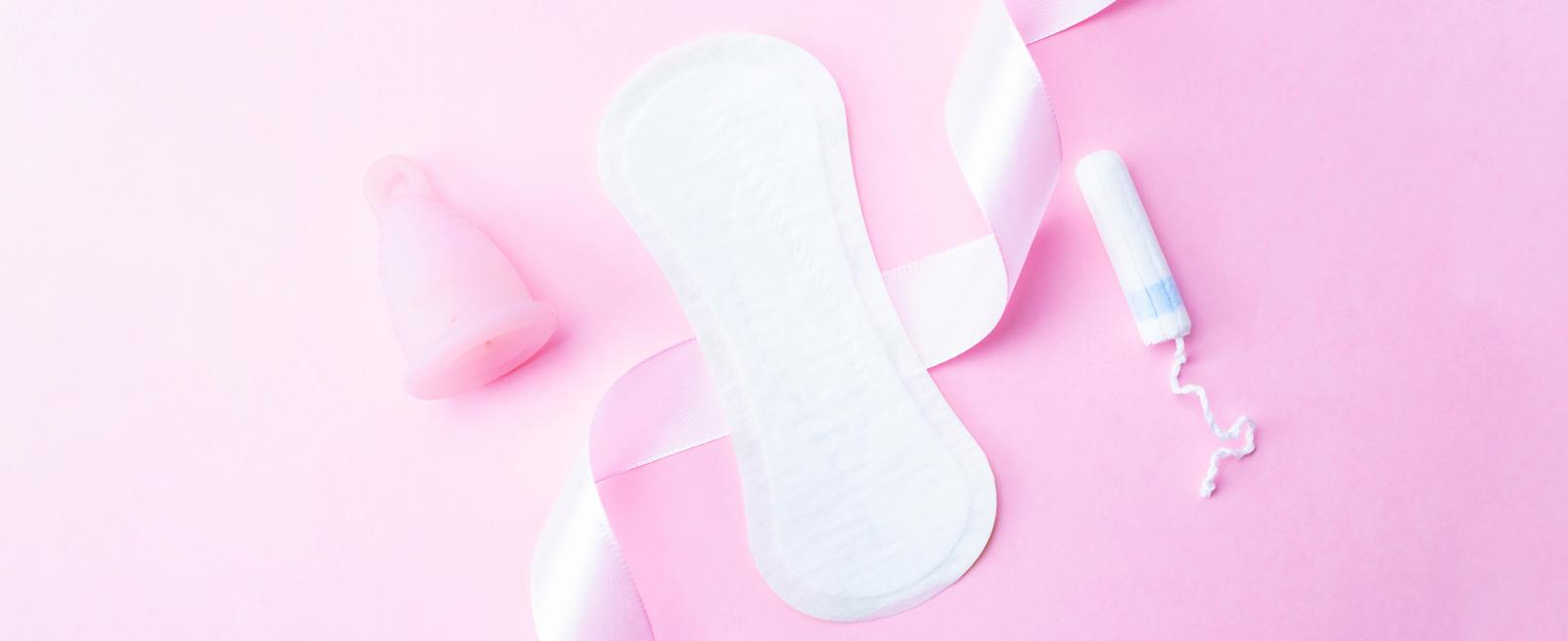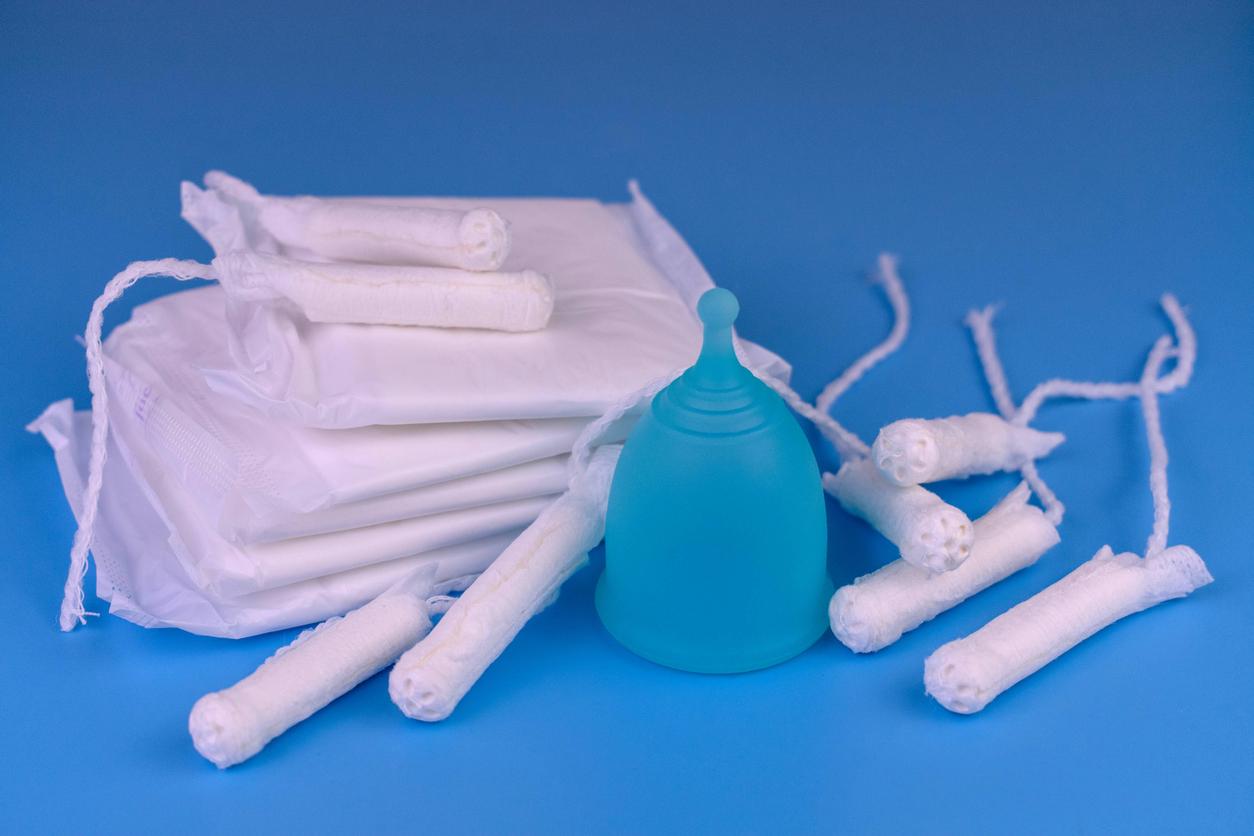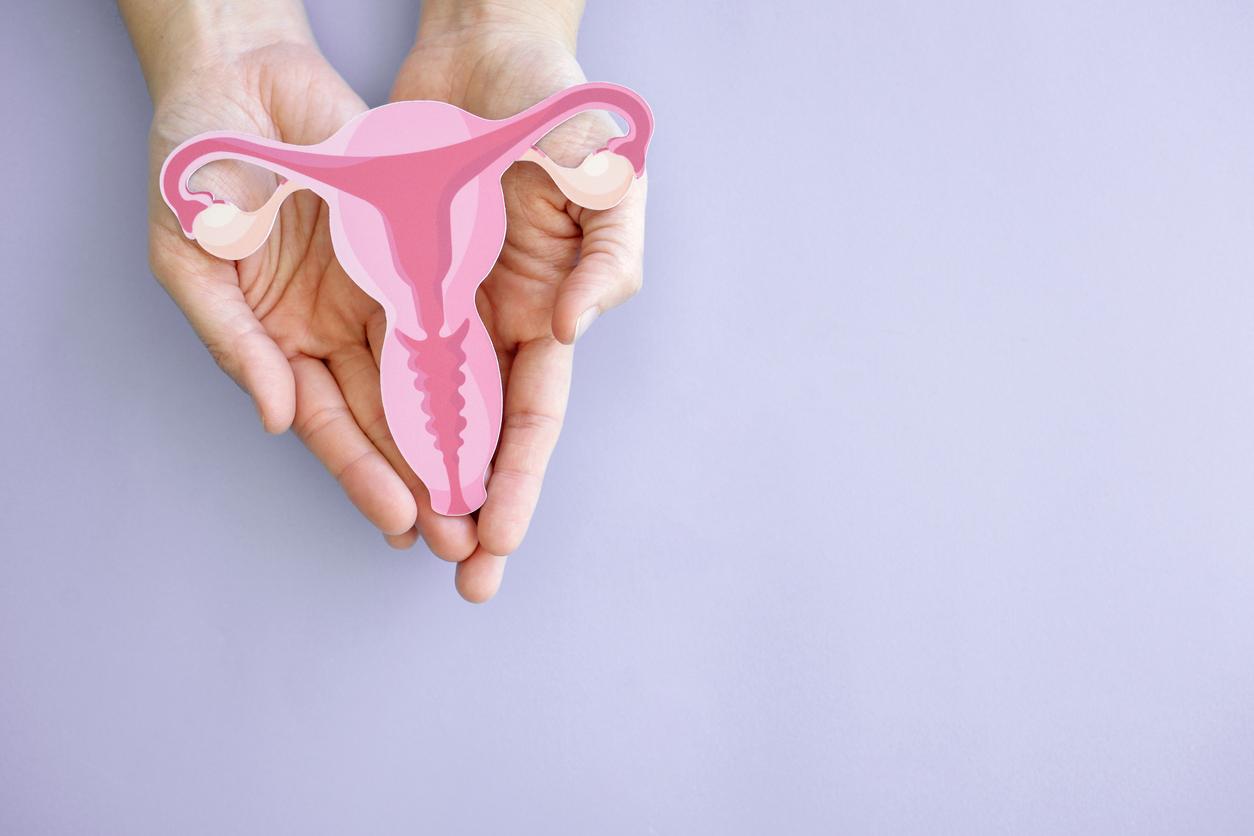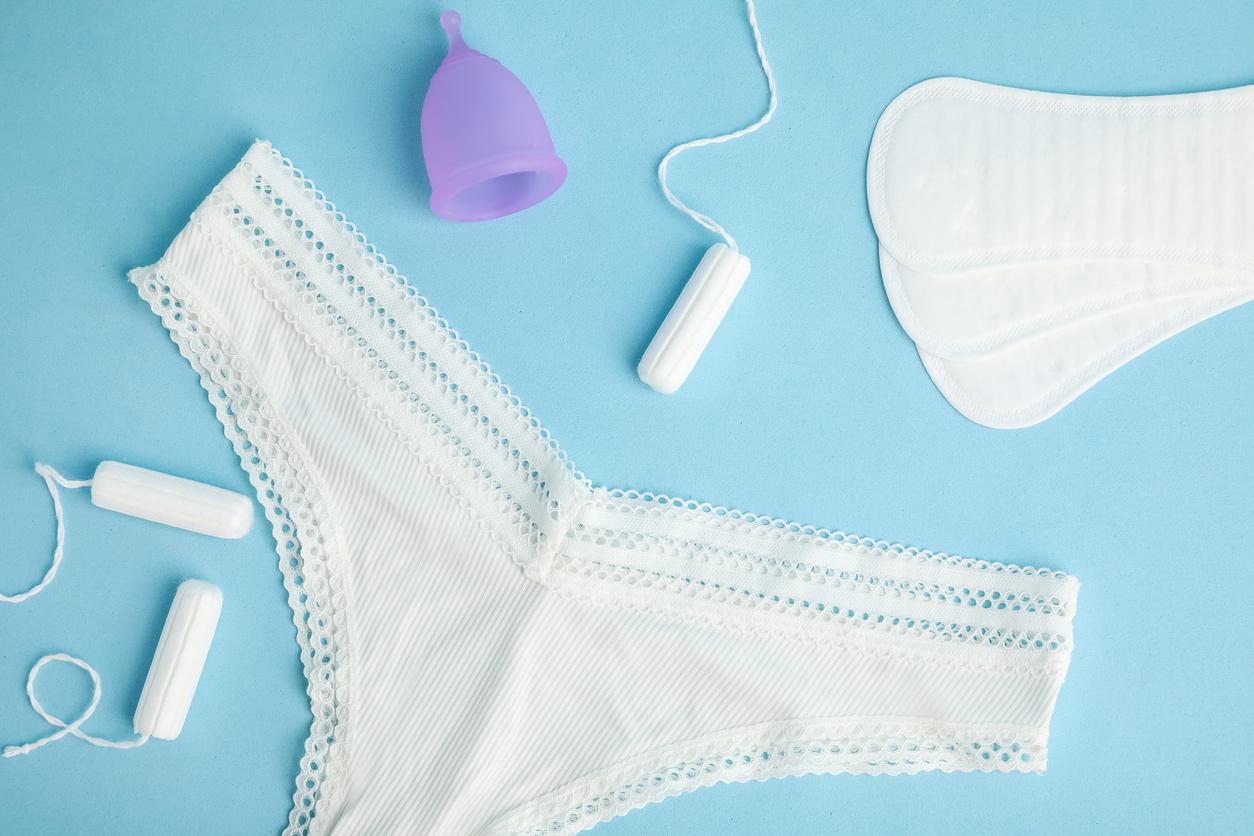More ecological and more economical, the menstrual cup has many advantages. However, its use may present certain risks.

Revolutionary or dangerous? The menstrual cup raises many questions. This small funnel, placed in the vagina, collects blood during menstruation. Reusable, the menstrual cup is economical and ecological. Faced with tampons, suspected of containing dangerous chemical particles, it is considered safer by these users. However, its use would not be without risk.
No hazardous compound
In July 2019, The Lancet Public Health published a large study on the menstrual cup. It brings together all the data published on this hygienic protection. According to his findings, the menstrual cup would be as safe as tampons and pads. The composition of these products is not the same: the menstrual cups are made of surgical silicone. For the National Medicines Safety Agency, the chemical substances that compose it do not reach dangerous thresholds and do not present any health risk. In terms of chemistry, there would therefore be no risk. France info, in a dedicated video, raises that these devices can sometimes cause irritation. According to ANSES, no study has been conducted on the subject, the only information available is feedback from users and gynecologists.
A risk of toxic shock
Using the menstrual cup requires some information. If worn too long, it can cause toxic shock, like tampons. During menstruation, if the flow of blood is blocked, this creates a favorable space for the growth of bacteria, such as staphylococcus aureus, which is naturally present in the vagina. As it grows, it produces toxins which will pass into the blood and can damage various organs.
The studies do not specify whether the risk is higher with one device or the other. In The Parisian, Sandrine, 36, recounts how wearing a menstrual cup led to the amputation of both feet. Last April, she suffered a toxic shock. The bacteria in question spread to his kidneys, lungs and liver. After three weeks of resuscitation, doctors had to remove knuckles and feet. Today, she wants to alert on the lack of information concerning these hygienic protections. “When I hear that the infection is linked to the misuse of cups and tampons by women, it pisses me off, as the information we are given variesshe is indignant. Take the cups, depending on the manufacturer, it is written on the instructions that you can keep them for 4, 6, 8 or 12 hours! How do we find our way in there?”
ANSES calls on manufacturers to improve the information intended for women by making it clearer. It also reminds users “the importance of respecting the hygiene rules related to the use of protections, in particular the duration of wearing for both tampons and menstrual cups.”

















